Pleached Hornbeam 'Carpinus Betulus' Tree 1.8m Clear Stem, 1.2m² Pleached Frame
Pleached Hornbeam 'Carpinus Betulus' Tree 1.8m Clear Stem, 1.2m² Pleached Frame
In stock
Couldn't load pickup availability
- 🔒Secure Encrypted Payments
- ✅PRICE MATCH: We'll beat it if you find it cheaper
- ☎️Contact us: 0330 043 3663
Delivery Information
Delivery Information
We are pleased to offer complimentary specialist delivery for orders of three or more trees across all Zone 1 postcodes. Our typical delivery window is 10 to 15 working days, though times may vary based on the type and quantity of trees ordered, along with your specific location. To ensure a smooth delivery, we kindly request that you allow up to 4 weeks.
Postcodes covered in Zone 1 include:
AL*, B*, BD*, BL*, BN*, CB*, CM*, CO*, CV*, DE*, DY*, E*, EC*, GL*, GU*, HD*, HP*, HU*, HX*, IP*, KT*, LE*, LN*, LS*, LU*, M*, ME*, MK*, N*, NG*, NN*, NR*, NW*, OL*, OX*, PE*, PO*, RG*, RH*, SE*, SG*, SK*, SL*, SN*, SO*, SP*, SS*, ST*, SW*, TF*, TN*, W*, WC*, WF*, WN*, WR*, and WV*.
Please note that some postcode exclusions apply, particularly in Scotland, remote areas of northern and southern England, and the westernmost parts of Wales.
For other zones, delivery charges based on your location will be calculated during checkout, ensuring your trees are transported with the utmost care, no matter the distance.
If you have any questions about delivery times or your area’s coverage, we invite you to get in touch. Our team is here to provide detailed information and explore alternatives to ensure your experience with us is exceptional.
Care Guide
Care Guide
Planting and Care for Pleached Trees:
Planting:
The best time to plant pleached trees is in autumn or spring, when the soil is moist and easy to work with, giving the trees a good start before extreme weather hits. When planting, dig a hole that’s about one-third wider than the rootball, but be careful not to go too deep, as this can cause water to collect around the roots, which may lead to rot. Good drainage and plenty of sunshine are key to helping your pleached trees thrive.
Our Bamboo Framework:
To get pleached trees looking their best, we use our bamboo framework to guide their growth and shape the branches in the desired way. This framework can stay in place for as long as needed, or it can be removed once the branches are sturdy enough to support themselves. We also recommend staking the trees in their early stages to protect them from wind damage. Generally, stakes can be removed after about three to five years, once the trees are well-established and can stand on their own.
Pruning and Training:
Pleached trees are quite low-maintenance, but regular pruning will help keep their shape and encourage a full, bushy look. For younger trees, training involves tying new shoots to the framework and trimming away any extra growth that doesn’t fit the desired shape. As the trees mature, they’ll only need a light prune now and then to keep their lovely form, making sure your pleached hedge stays neat and tidy.
We’re here to help with any planting and care questions you might have, so don’t hesitate to reach out if you need a hand!
Plant Details
Plant Details
Custom Pleached Frame Size
Custom Pleached Frame Size
Custom Pleached Trees Tailored for Your Garden
At Twilight Gardens, we know that every garden is unique, which is why we offer custom pleached trees to suit your specific requirements.
- Standard Frames: 120cm x 120cm
- Custom Frame Sizes: Up to 180cm in width or height
Pricing and Requirements:
- Minimum order: 3 custom frames (£90)
- Cost per Custom Frame: £30
- Custom orders are non-refundable due to their personalized nature.
Lead Time: 6 weeks
Note: Please leave a note in the cart at checkout with your required custom frame sizes.
Planting guide for the Pleached Hornbeam 'Carpinus Betulus' Tree 1.8m Clear Stem, 1.2m² Pleached Frame
Planting guide for the Pleached Hornbeam 'Carpinus Betulus' Tree 1.8m Clear Stem, 1.2m² Pleached Frame
RHS Plant Information
RHS Plant Information

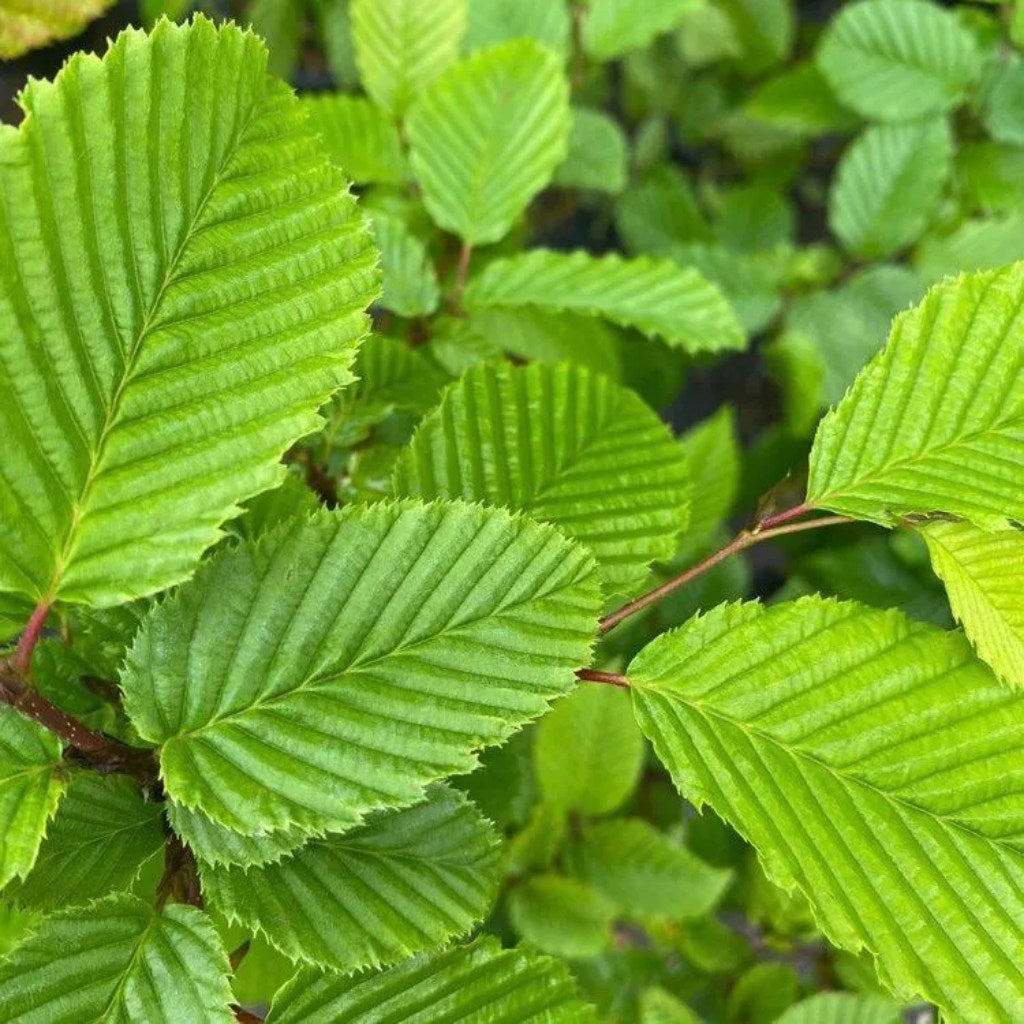
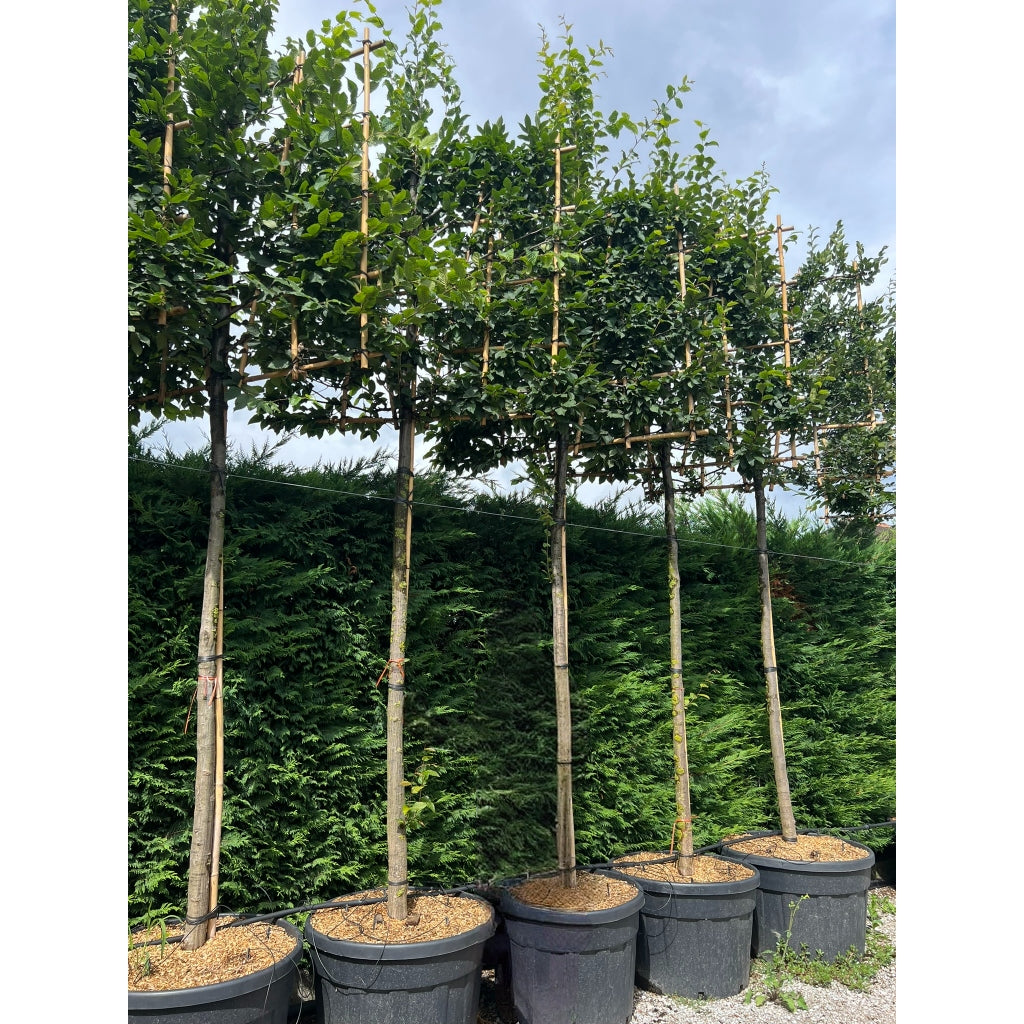

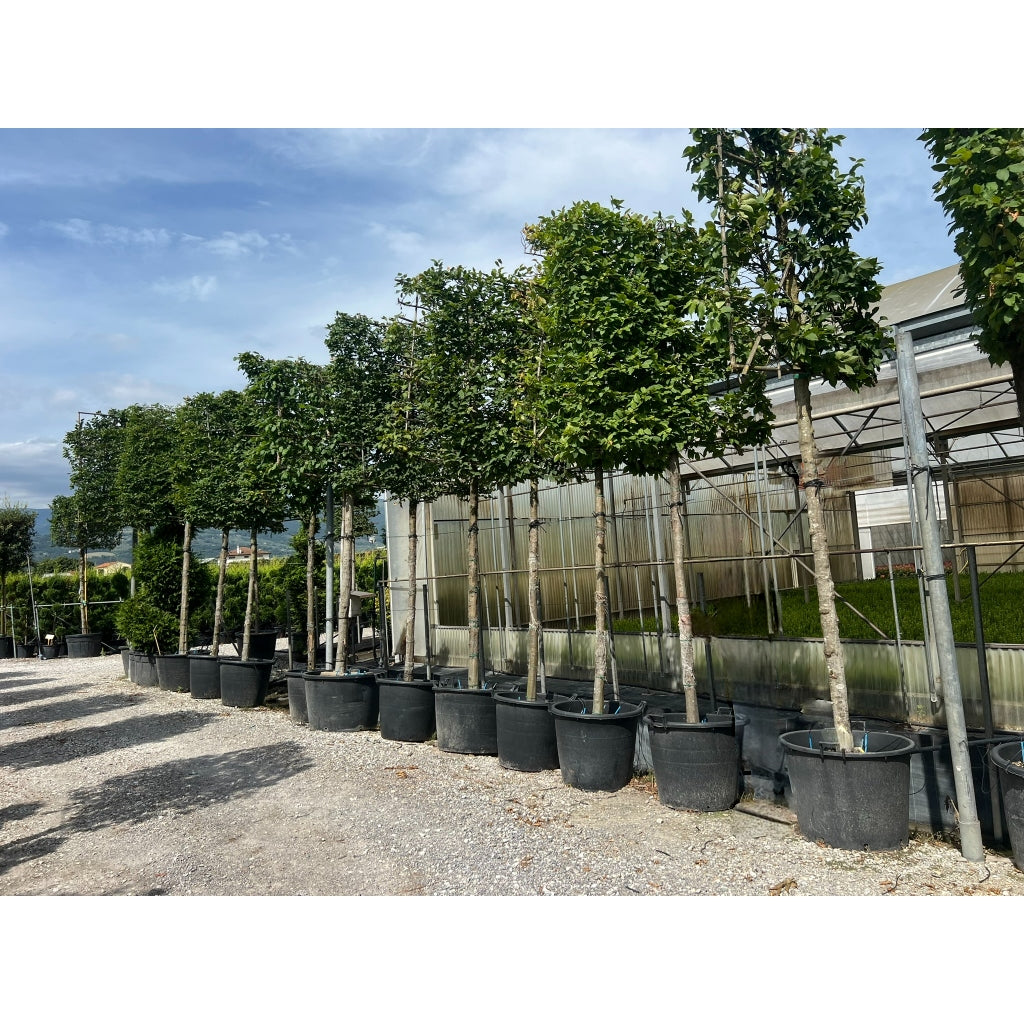
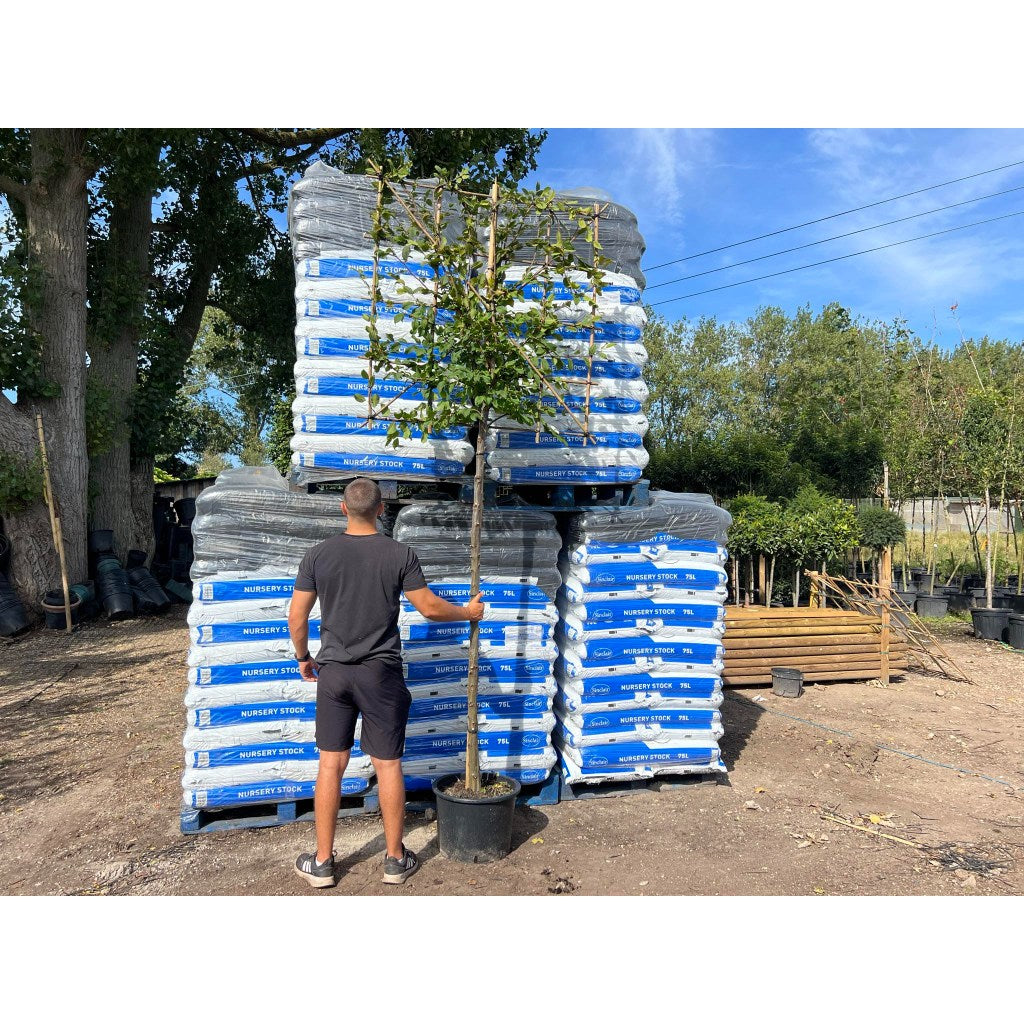
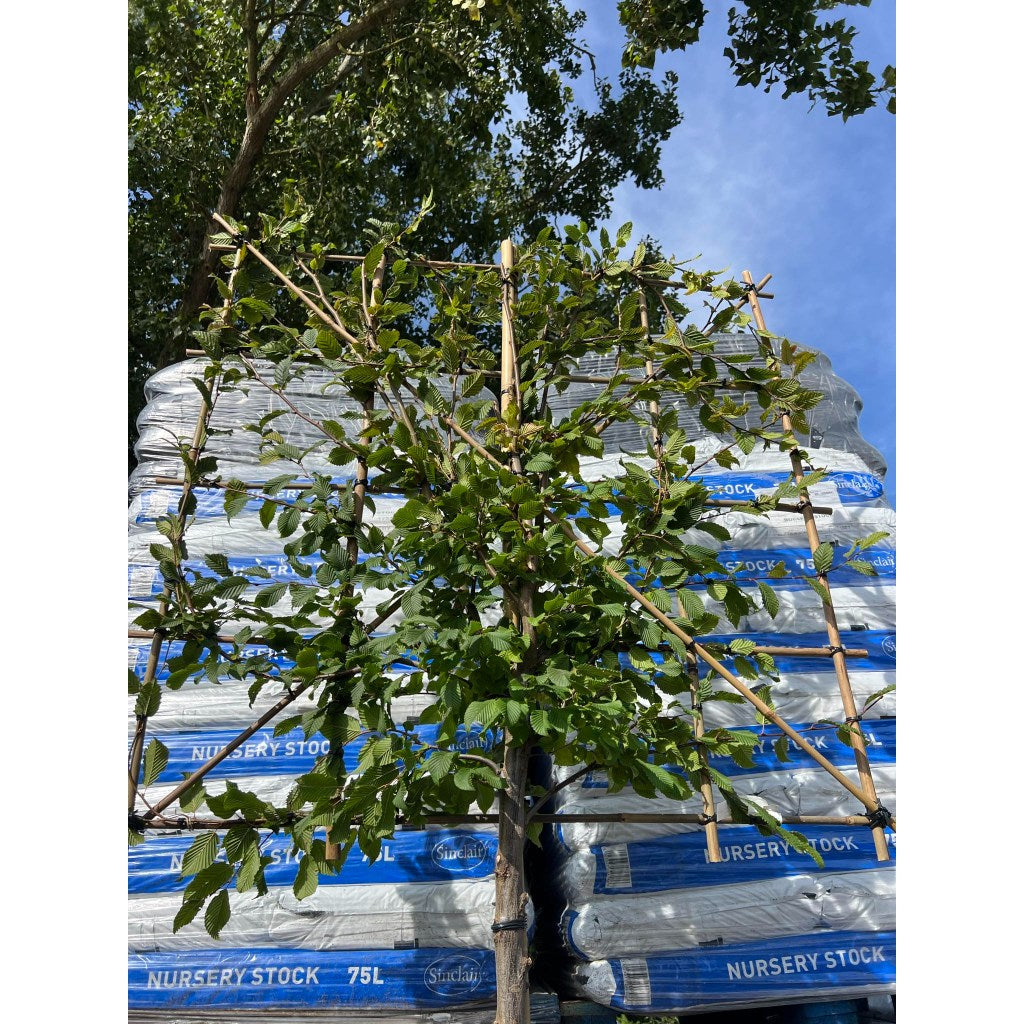
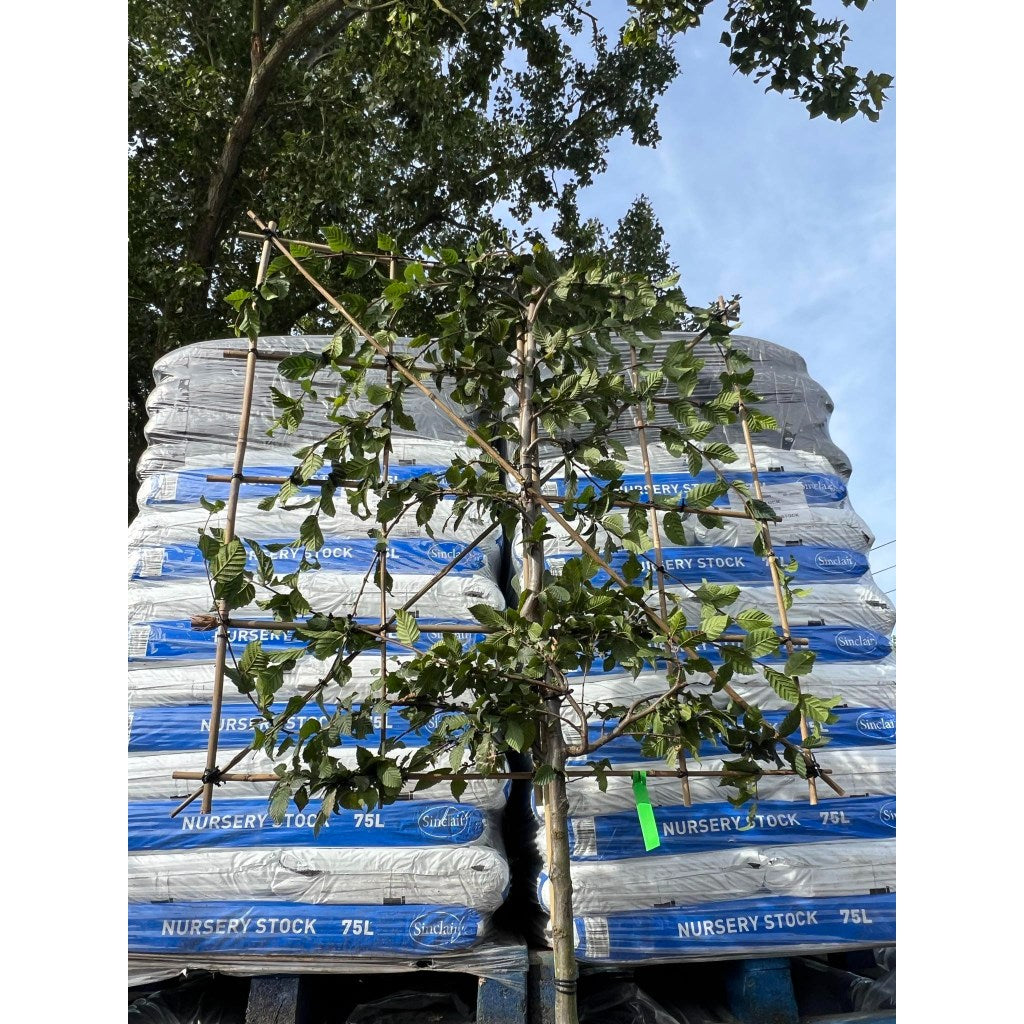

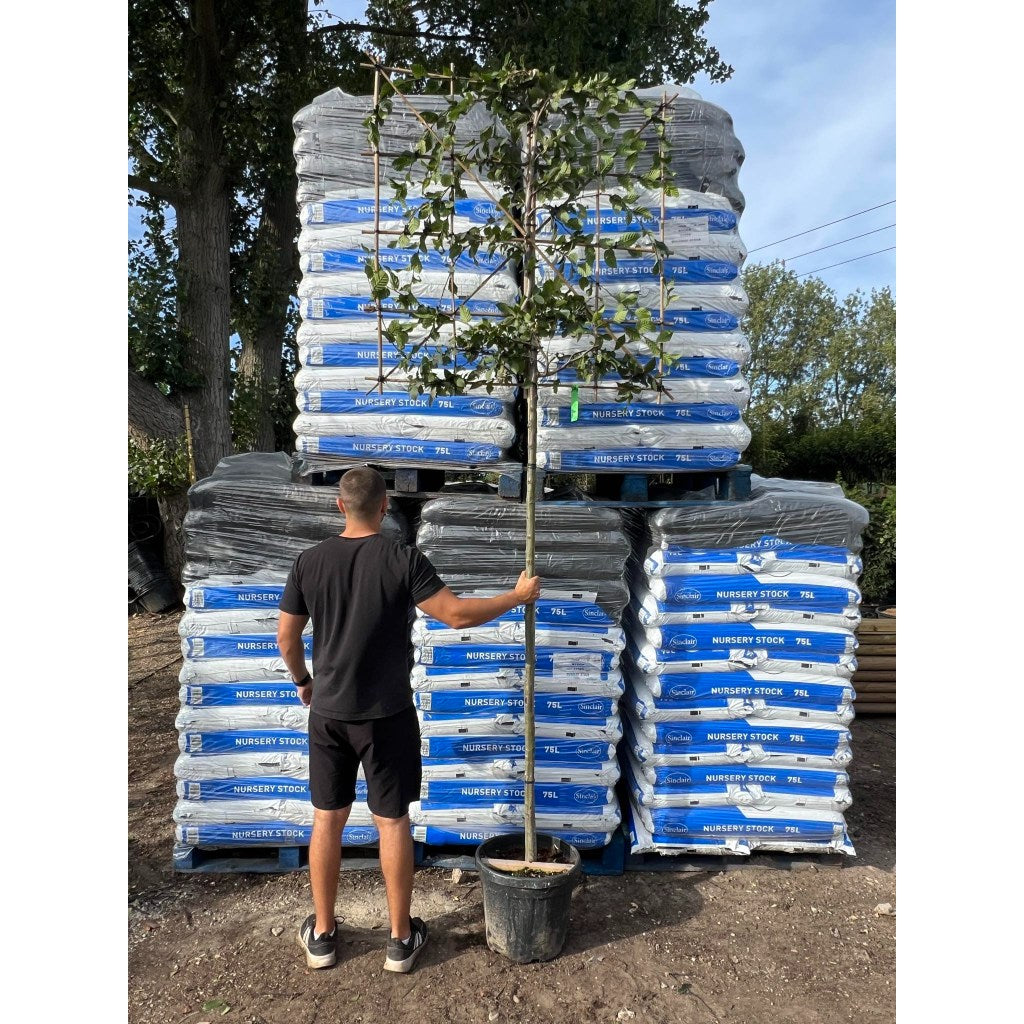
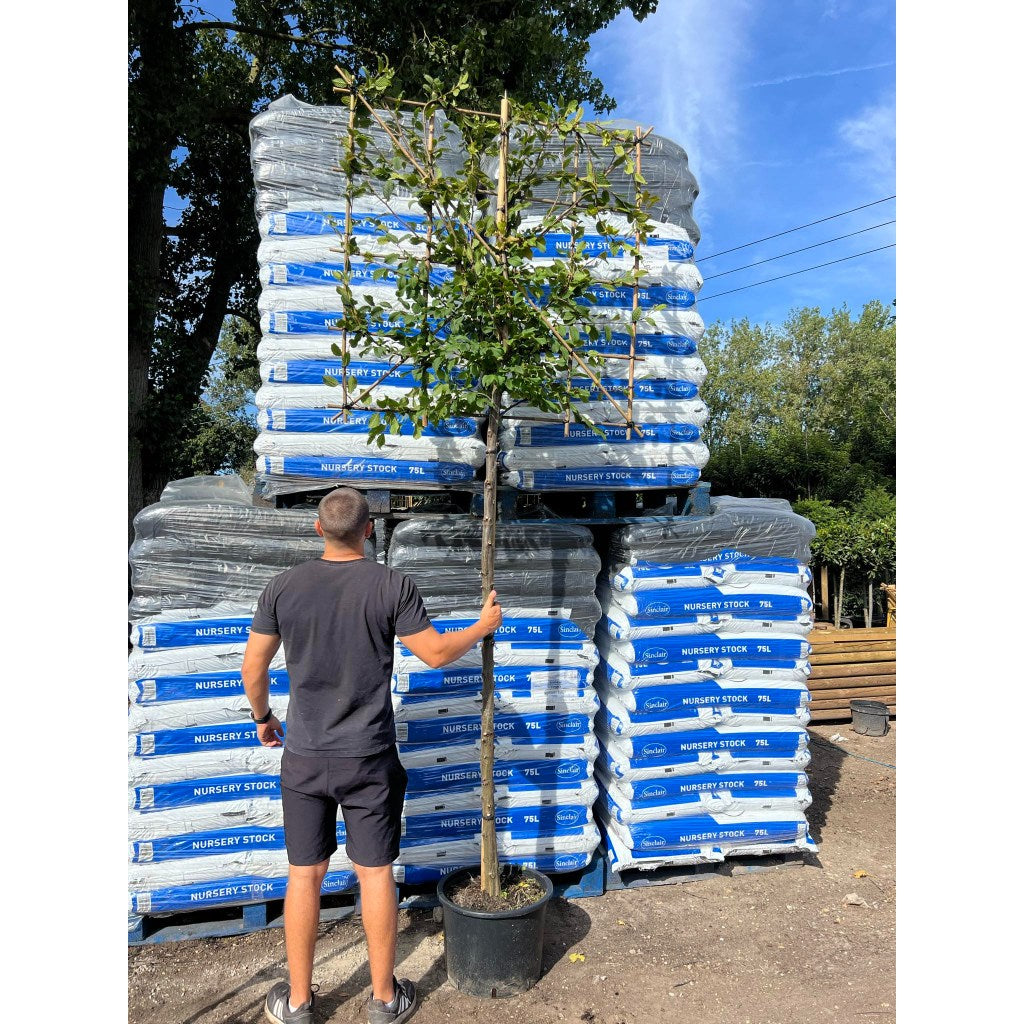
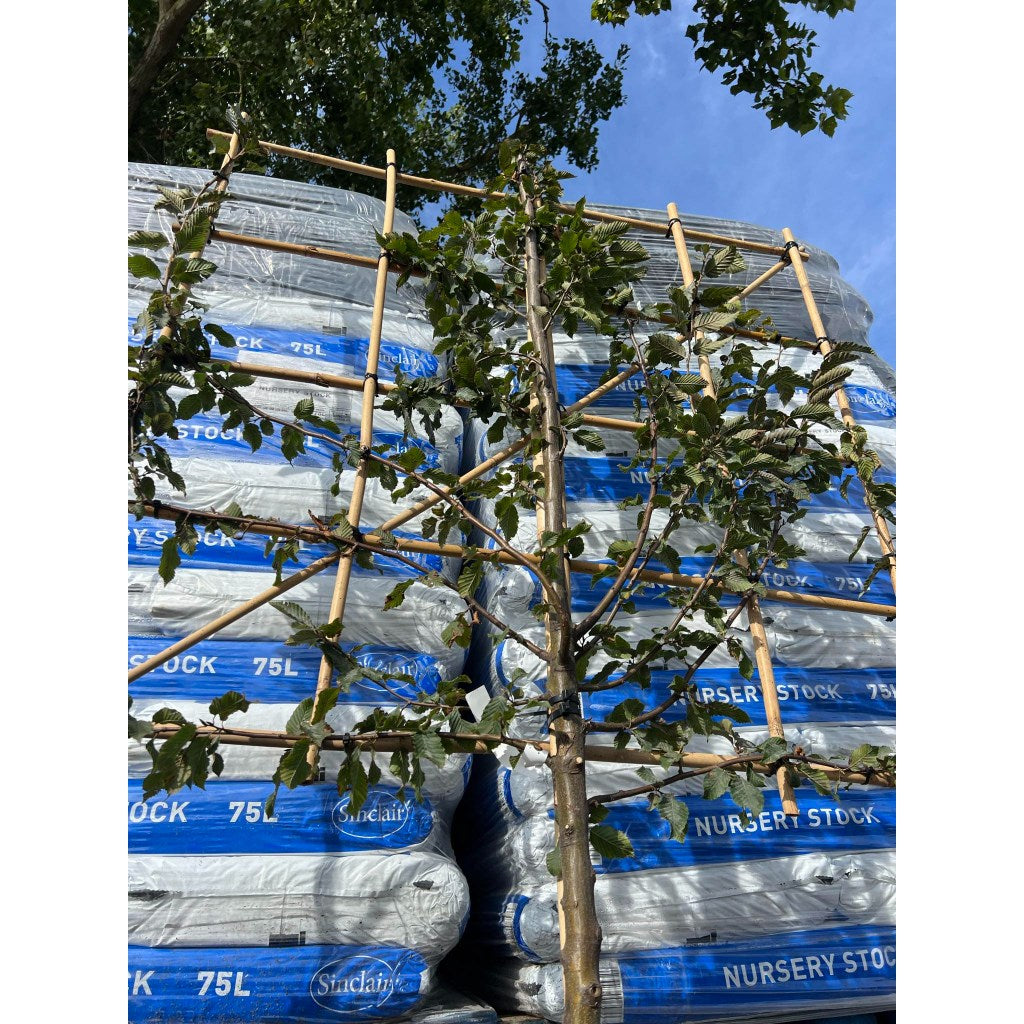



Why Choose The Pleached Hornbeam Tree- 'Carpinus Betulus’?
Do You Have a Question About The Pleached Hornbeam 'Carpinus Betulus' Tree 1.8m Clear Stem, 1.2m² Pleached Frame?
Have a question about this product? Send it to us via the form below and we will get back to you as soon as possible with an answer.






















